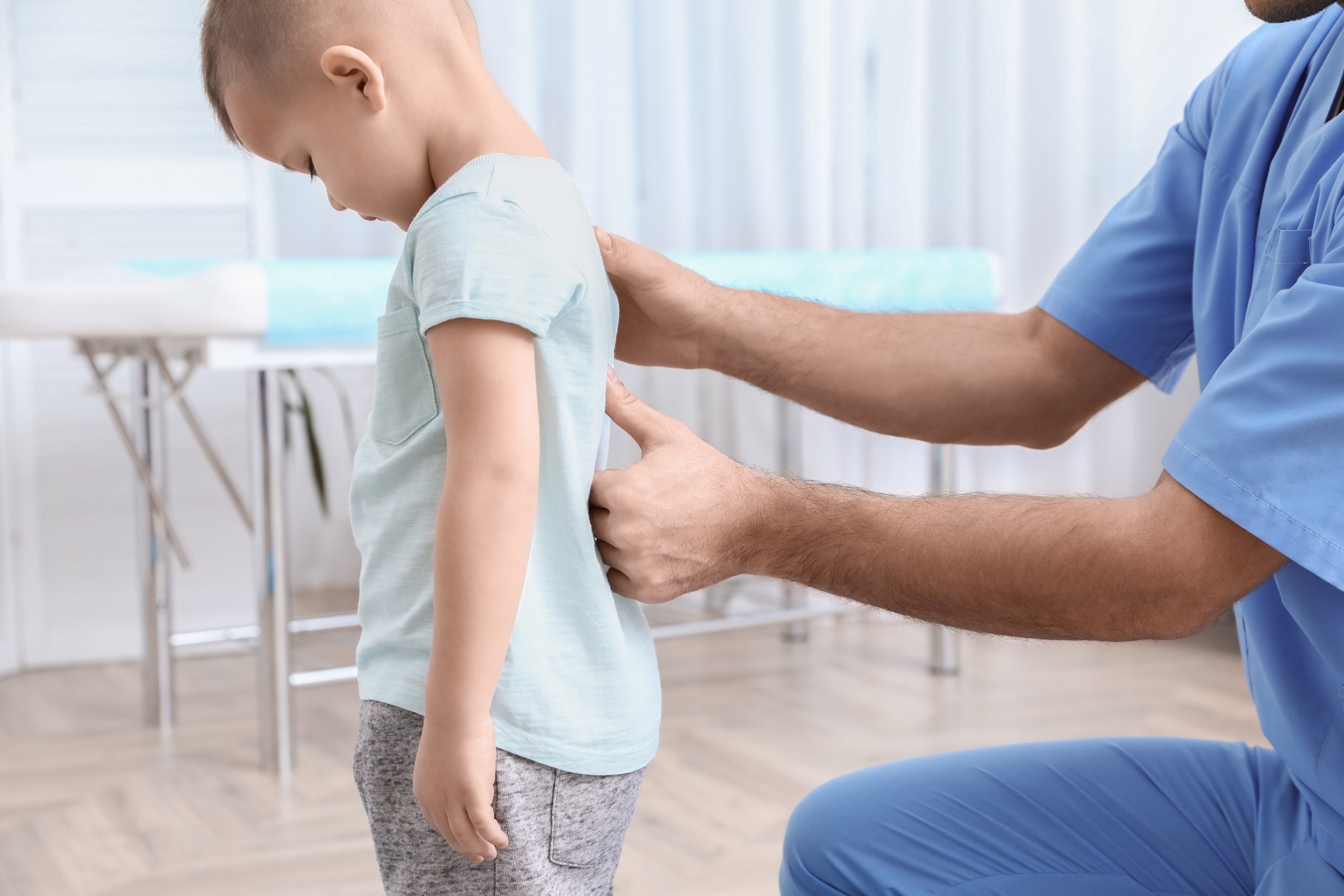Detecting Scoliosis in Children
Scoliosis is a spinal deformity characterized by an abnormal lateral curvature of the spine. It can occur at any age, but early detection in children is crucial for effective treatment and management. By identifying scoliosis in its early stages, parents and caregivers can take proactive steps to mitigate its progression and ensure their child's long-term health. Let's explore the best ways to detect scoliosis in children.
1. Regular Checkups with a Scolicare Certified Provider
Children's bodies grow rapidly, and subtle changes in their posture or spine can sometimes go unnoticed. Scheduling regular checkups can help in the early detection of abnormalities, including scoliosis. These checkups are most important between the ages of 8-12 years old. A Scolicare provider can perform initial scoliosis screenings and give the most up to date treatment options.
2. The Adams Forward Bend Test
This is a common initial scoliosis screening test. During the test, the child bends forward at the waist, allowing the examiner to observe the spine's curvature from behind. Any asymmetry, such as one side of the ribcage being higher than the other, might indicate scoliosis.
3. Monitor for Visible Signs
Parents and caregivers should be vigilant about observing their children's backs. Signs of scoliosis might include:
One shoulder appearing higher than the other.
A noticeable curve in the spine when the child is standing.
An uneven waistline.
One hip appearing higher or more prominent than the other.
4. Back X-Rays
If a Scolicare doctor suspects scoliosis based on a physical exam, they will likely order a spinal X-ray. This radiographic test provides a clear view of the spine, allowing the physician to measure the degree of curvature and diagnose the condition definitively.
5. Scoliometer Measurement
A scoliometer is an instrument used to measure the angle of trunk rotation. During a scoliosis screening, if the Adams Forward Bend Test indicates potential scoliosis, a scoliometer might be used to quantify the degree of rotation. This tool can be helpful in determining the need for X-rays or monitoring the progression of the curve.
6. Genetic Factors
Children with a family history of scoliosis have a higher risk of developing the condition. Parents should be aware of this and ensure that their children undergo more frequent scoliosis screenings if there's a family history.
Early detection of scoliosis in children is essential for effective management and treatment. By staying informed, proactive, and using a combination of regular check-ups, observation, and medical tests, parents can help ensure their children receive timely intervention if scoliosis is detected.
Remember, while the initial signs of scoliosis might be subtle, consistent monitoring and awareness can make a significant difference in a child's long-term health and well-being. Don’t wait. Let’s get started.

